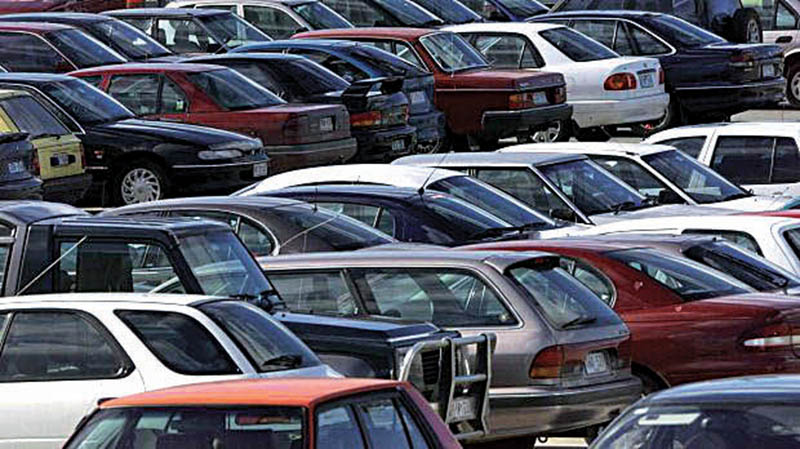Auto industry moves into top gear
Kathmandu
The past fiscal year proved challenging for Nepal’s burgeoning auto industry, with consumers confronted by a massive fuel crisis followed by the Nepal Rastra Bank’s decision to place a cap on the loan-to-value (LTV) ratio of automobile loans in February this year. Despite these obstacles, the industry has continued to grow and witness better sales than ever.
“The business growth that we witnessed during this past fiscal year was more than 90 per cent. It was definitely bigger than our expectations, even though we were expecting our growth to be more than 50 per cent since the demand for automobiles has witnessed year-on-year growth,” said Sudeep Pandeya, Head of Marketing at Sipradi, sole authorised distributors of Tata Motors in Nepal. He added however that tightening of auto loans had dented the growth in terms of sales. Banking and financial institutions (BFIs) has decided to halt lending to the automobile sector early this year and only eased up this July when the LTV ratio was revised to 65 per cent from the existing 50 per cent.
Sharing his expectations for this fiscal year, Pandeya said, “We are planning for 30 per cent growth again this year. We have high expectations of our next product Tigor which we will be launching this month. Also, our flagship model Hexa is on the way which will further strengthen our position in the premium SUV segment. Tiago, Zest and Storme are doing really well in the market. Sumo has always been a good contributor in the Tata passenger product mix and will surely help us this year too.”
He further added that 30 per cent of the government’s revenue comes from the automobile sector and thus its success is directly related to economic growth of the country. If the government were to revise the LTV ratio to at least 75 per cent in its monetary policy, it would benefit both the country and the auto industry. However Pandeya said that if the current cap on financial support for automobiles continues then the auto industry may not witness any growth next year, since the interest rate is a big factor influencing purchases.
Karan Chaudhary, managing director of CG Motocorp, authorised dealers of Maruti Suzuki said, “We had a growth of about 60 per cent last fiscal year, but the sales dropped from January due to the liquidity crisis and the limit on auto loans. The overall auto industry was badly affected and had to go through tough times. But now we are all looking forward to an increase in sales.”
Devashish Biswas, Assistant General Manager at Pooja International, authorised distributors of Volkswagen said, “Nepal’s automobile industry emerged stronger than ever in 2016. We saw huge sales and it was a boom for the entire auto industry. But after the month of February, the entire
industry faced losses in terms of sales and marketing. We couldn’t reach our expectations first because of the blockade and then the liquidity crisis. However, we are trying our best to uplift the market and make a mark on the industry again.” Biswas added that their company accounts for about 6.5 per cent of the overall sales in the automobile market.
Similarly Sunil B Chhetri, General Manager of GO Automobiles, authorised distributors of Ford in Nepal said, “Last fiscal year was tremendous in terms of market growth for automobiles though it slowed down from Chaitra onwards. This growth was largely because of the sudden market surge after the dip in economic activities post the earthquake and the blockade, coupled with a low interest rate. After BFIs decided to halt lending to the automobile sector early this year, the financing ratio has been affected very badly which has led to an almost 50 per cent drop in sales.”
Chhetri noted that vehicles and spare parts imported into the country have more than doubled in the fiscal year 2016-17 as compared to the last fiscal 2015-16. This along with new taxi permits given to roughly 5000 vehicles after 20 years and a favourable low
interest rate of 6.5 per cent in 2016 (which has now risen to 11-12 per cent) all contributed to the spectacular growth of the industry. The hatchback, SUV and MPV segments have grown the most and account for 20 per cent, 17 per cent and 30 per cent of the sales respectively.
“The automobile sector has been the highest contributor to the import revenue of the country. So any sluggishness in this sector will affect the revenue of the government and its capital expenditure, which is not good for the country,” concluded Chhetri.






